Leica X2 Review
Leica X2 Review
Is the most expensive compact camera money can buy worth the asking price? We find out in the What Digital Camera Leica X2 review
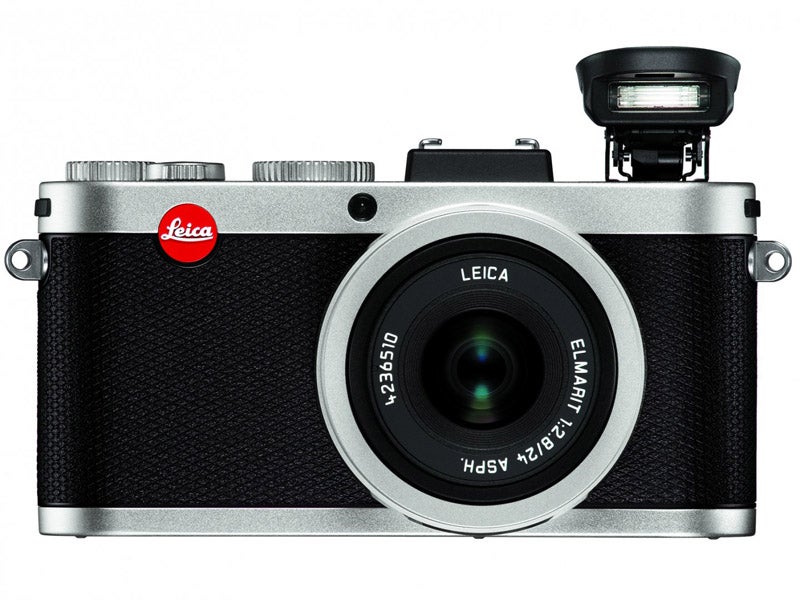
Verdict
Pros
- Lens quality, excellent results, styling, free copy of Adobe Lightroom included
Cons
- Lack of viewfinder, low resolution screen, out-dated menu system, price
Key Specifications
- Review Price: £1575
//
Leica’s line of rangefinder cameras and lenses have been used by photographers to capture some of the most defining and iconic images of the 20th century, the brand long synonymous with engineering excellence and quality. Today, cameras such as the M9 and the most recent X2, carry the brand into the digital age.
The latter model is an update to the X1 launched back in 2009, with the aim of distilling Leica’s heritage of outstanding image quality into a first-class compact camera. But, with its four-figure price tag qualifying it as the priciest compact around, it should follows that it’s also the best available. Is this the case? Or are you paying a premium for the Leica name?
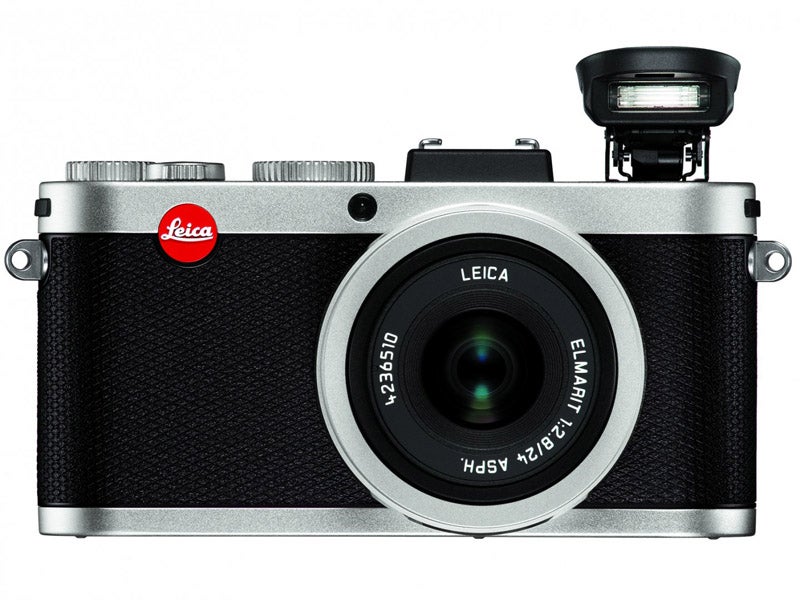
Leica X2 review – Features
The X2 uses an APS-C sized CMOS sensor, whose dimensions are shared with those found in majority of DSLR cameras. Naturally, this will force some to draw comparisons with another APS-C equipped premium compact, namely the Fujifilm X100. Leica has, however, upgraded the sensor over the 12.2MP one found in the X1, with an effective resolution of 16.2MP and an ISO range now available between ISO 100-12,500.
Just like the X1, the X2 features a fixed Elmarit 24mm f/2.8 lens which produces a 35mm focal length equivalent of 36mm – a moderate wideangle that’s favoured by photojournalists. Of course, the fixed focal length means you’ll have to put more effort into composition than if you had a zoom at your disposal.
The 2.7in screen, with its underwhelming 230k-pixel resolution, already looked dated on the X1, so it’s disappointing to see it here again on the X2, particularly when you consider the existance of more affordable models with larger and higher-resolving screens. There’s also no viewfinder built into the bdoy itself, but, as with the X1, a dedicated 36mm optical viewfinder can be fitted into the hotshoe. There’s also an accessory port at the rear, which allows you to connect Leica’s £360 Viso-Flex electronic viewfinder. This boasts an impressive resolution of 1.44m dots, though, externally at least, it looks identical to Olympus’s VF-2 electronic finder, which is priced far more attractively at £199.
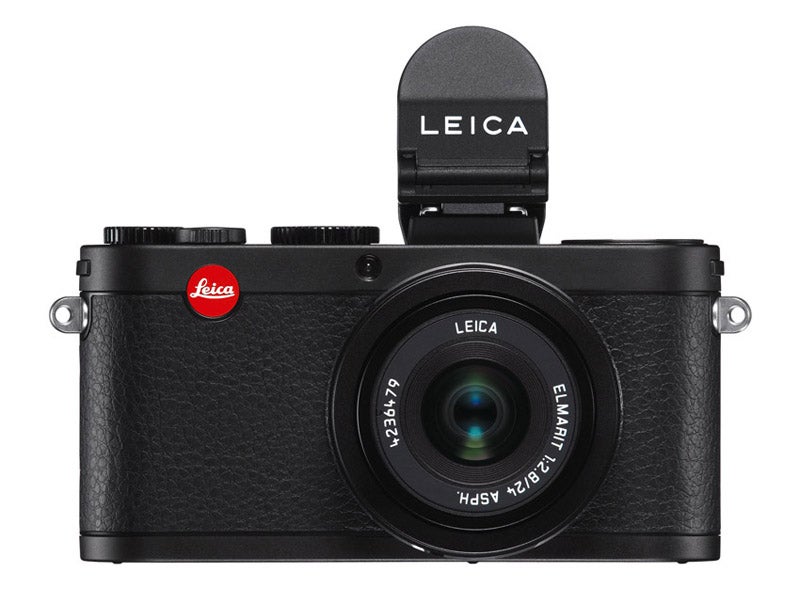
As you’d expect for a camera aimed at the purists, there’s X2 isn’t overloaded with auto or scene shooting modes. Instead, there are program, aperture-priority, shutter-priority and full manual options. As well as the option to shoot JPEGs, the X2 also uses Adobe’s universal DNG format as its Raw file format. And, as with the X1, users are entitled to a free copy of Adobe Lightroom 4.1 once the camera has been registered online.
Design
Leica X2 review – Design
The X2 retains the same retro, M-series inspired design that the X1 sported. The streamlined, uncluttered styling manages to look classic and modern at the same time, and works well in either the two-tone black and silver or all-black finishes in which the camera is made available. The texture of the grip has changed from the X1, now more uniform in its finish, and while there’s no discernable handgrip the camera nevertheless fits in the hand nicely. Should you want something more substantial to hold, there’s an optional handgrip available for the camera which connects via the tripod socket at the base of the camera, providing a more secure hold.
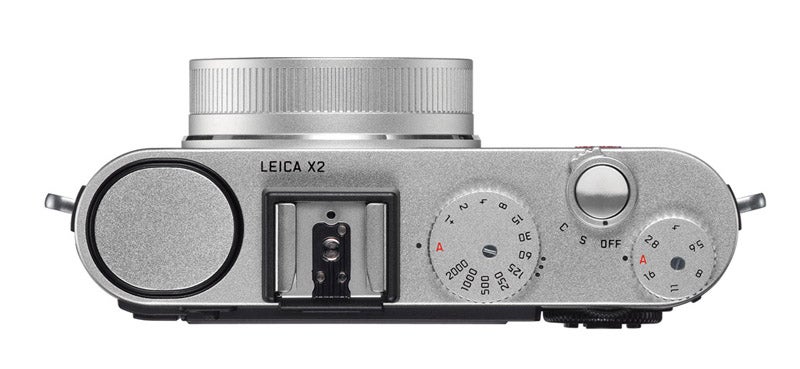
The magnesium body is solid and well finished, though in the hand it doesn’t quite have the same pleasingly tactile feel as the Fujifilm X100.
While many creative compacts have a control ring around the front of their lens that can be set up to adjust a variety of shooting controls – or, in the case of the Fujifilm X100, features both a manual focus ring and aperture ring – the X2 relies on positioning its controls along the top-plate instead, leaving this ring unutilised. While this is fine for the shutter speed settings, we can’t help feeling that the aperture controls would provide a more intuitive and pleasing shooting experience had they been positioned round the barrel of the lens instead.
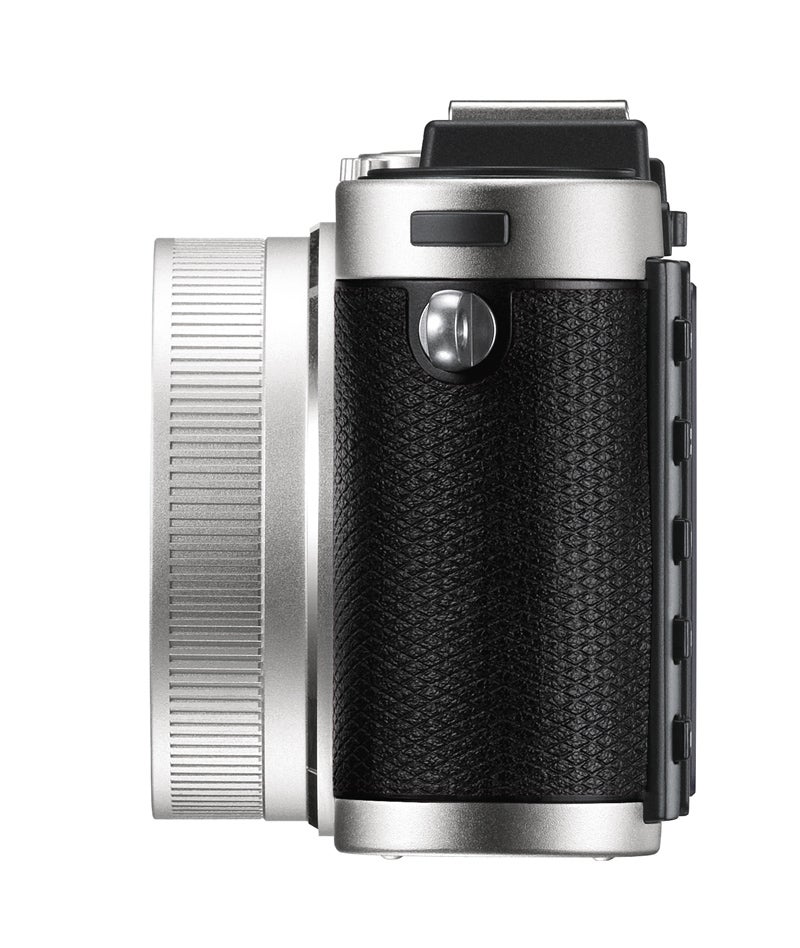
The on/off switch has been positioned around the shutter release button, and this also doubles as the drive mode selector, with the choice of either continuous or single shot. On the other side of the hotshoe is the built-in, pop-up flash. Rather than just popping up like it does on the X1, the flash on the X2 also springs forward.
On the back and to the left of the screen is a five button array, providing quick access to playback, delete/focus, white balance, ISO and display info. On the other side is a four-way D-pad offering adjustment for exposure compensation, AF/MF, flash and self-timer controls. In the middle is access to the main menu, while there’s also a scroll wheel running around the outside. Above that and you’ll find a thumbwheel to adjust manual focus.
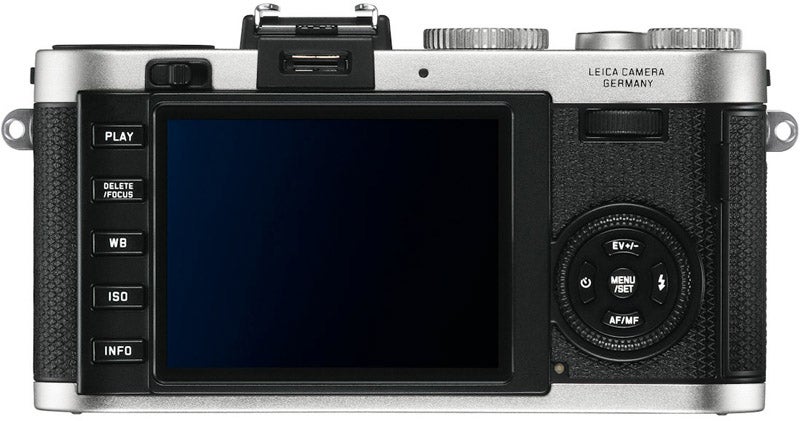
Performance
Leica X2 review – Performance
One of the main gripes levelled at the original X1 was the sluggish autofocus performance, and this is one of the key areas Leica has worked on with the X2. While the AF performance is quite a marked improvement over the X1, it’s still not as lightning fast as we’d like, being outclassed by more affordable rivals.
The AF system has a choice of either 1 point, 11 point, spot or face detection AF. For manual focusing, the central area of the frame is magnified, and focusing is performed using the thumbwheel.
The X2 is capable of shooting at up to 5fps, managing 8 combined Raw and JPEG files before the buffer stops operation as it writes images to the card. Oddly, the X2 won’t shoot Raw files on their own.
The rear screen would be more than adequate on a budget compact, but on a camera aimed at the high-end enthusiast, it’s woefully disappointing. There simply isn’t the level of sharpness or clarity that we’d expect for a camera in this price bracket. If you opt for the X2, we’d recommend the optional electronic viewfinder already mentioned to make composition a more pleasurable experience.
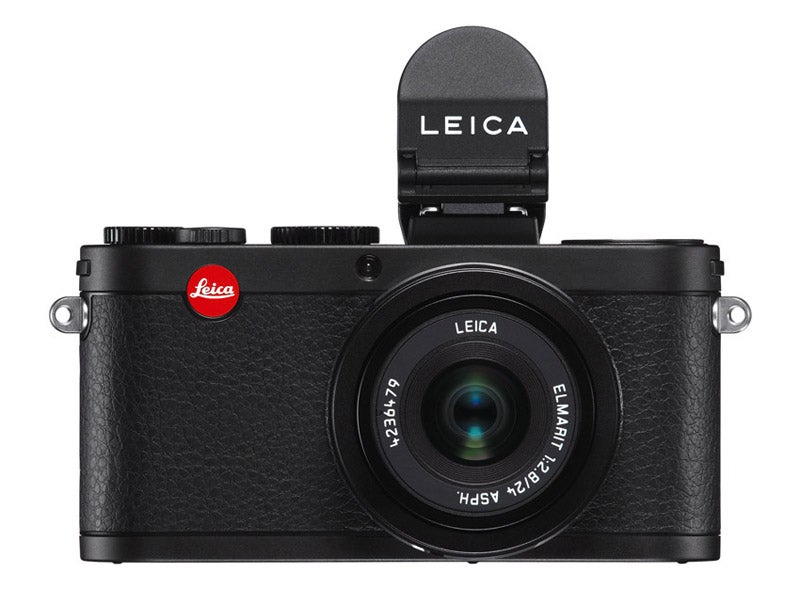
Rather than split the menu up into sub-sections, the menu is one long stream of options, making finding and altering some settings slow and labourious. Not only that, but the two-tone colour scheme is also looks quite dated.
Image Quality
Leica X2 review – Image Quality
Tone and Exposure
The X2 has the choice of three metering modes: Smart multizone metering, Centre-weighted or Spot. The Smart multizone metering performed very well; even in tricky lighting conditions where there was a mix of shadow and highlight detail, the X2 delivered pleasing results that would only need you to reach for the exposure compensation dial only occasionally.

White Balance and Colour
Set the X2 to Auto White Balance mode and it delivers pleasing, neutral results, while there’s also Daylight, Tungsten, Fluorescent, Cloudy, Shade, Electronic Flash, 2 manual settings and manual colour temperature settings.

Sharpness and Detail
With the large APS-C sized sensor and the high-quality Elmarit 24mm f/2.8 lens, the X2 is capable of delivering exceptionally sharp and detailed images. Looking at the images, and detail is maintained right across the frame, resolving right up to the edges of the shot.

Image Noise
The X2 offers a broad ISO range from 100-12,500, delivering smooth, clear results up to ISO 800. Above that, and as you’d expect, image noise becomes more prominent at every ISO increment. That said, even at ISO 6400 images are more than useable, with a pleasing, natural grain-like structure rather than the more uniform noise patterns common to images from other cameras.
Value & Verdict
Leica X2 review – Value
The £1575 price tag will put the X2 out of the reach of most people, and while there are some nice touches to be found, it’s hard to see where all your cash goes when you consider the fairly conservative specification the camera offers.
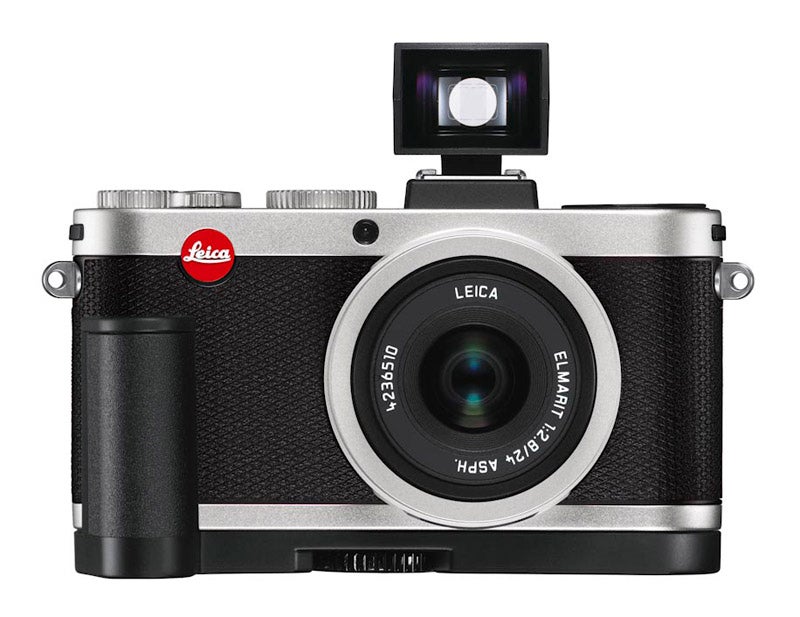
Leica X2 review – Verdict
High-quality compact-sized cameras were few and far between when the X1 was released, and that made it a tempting (if pricey) proposition. Today, however, the market the X2 enters has changed considerably. Not only have we seen the arrival of a host of high-end creative compacts, namely the Fujifilm X100 and the Canon PowerShot G1 X, but there’s also the burgeoning Compact System Camera market, where you’ll find comparable sized models such as the Panasonic GX1 and Sony NEX-7, but with the luxury of interchangeable lenses.
With this kind of competition, the X2 needed to deliver something really special to set it apart from its rivals and justify the price, but it falls short. Images are excellent and the styling makes it look the part, but the level of features and performance let it down. There’s simply not enough here to tempt you away from opting for a more affordable and better performing rival such as the Fujifilm X100.
Trusted Score
Score in detail
-
Value 7
-
Design 9
-
Features 8
-
Image Quality 9
-
Performance 8

